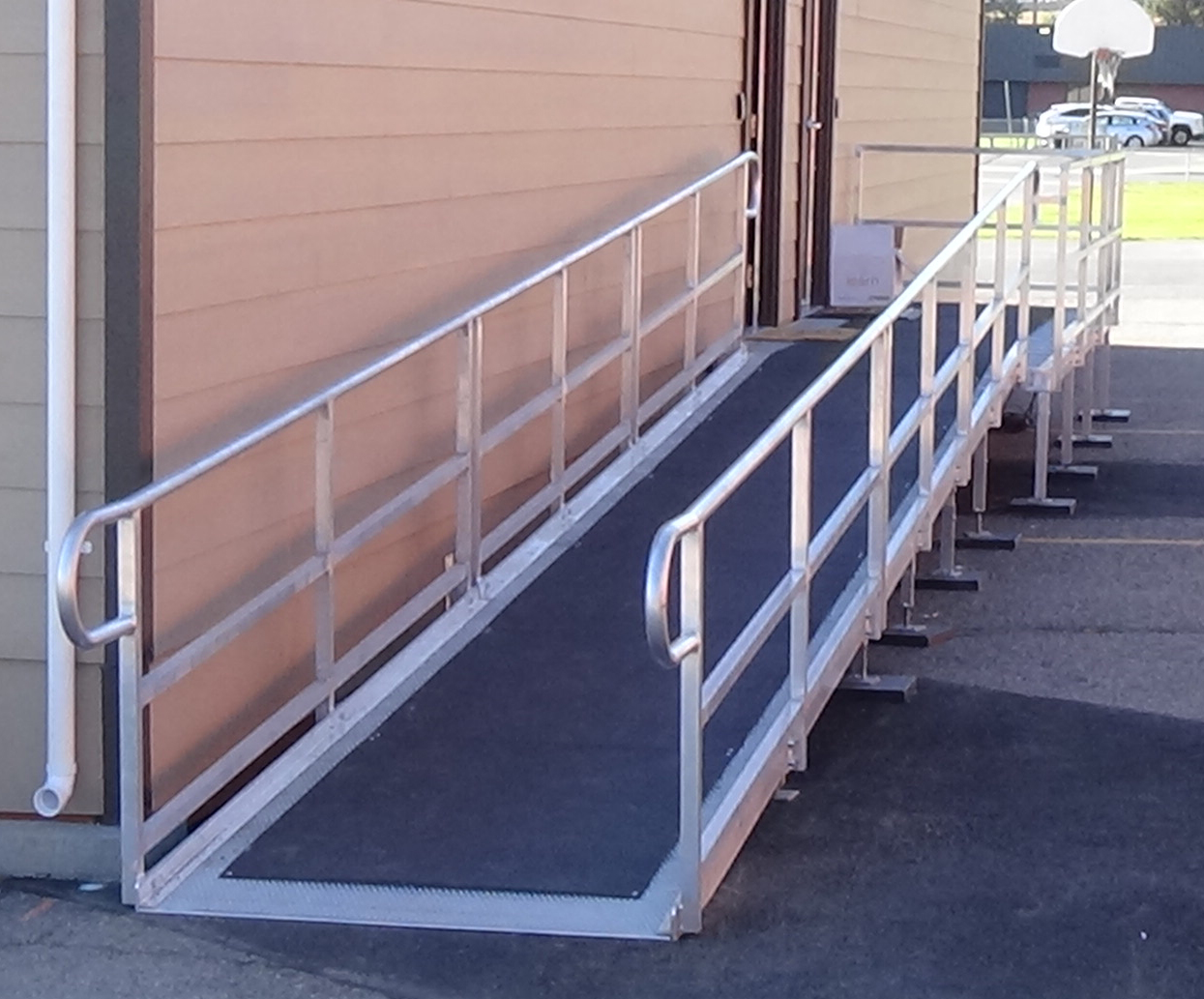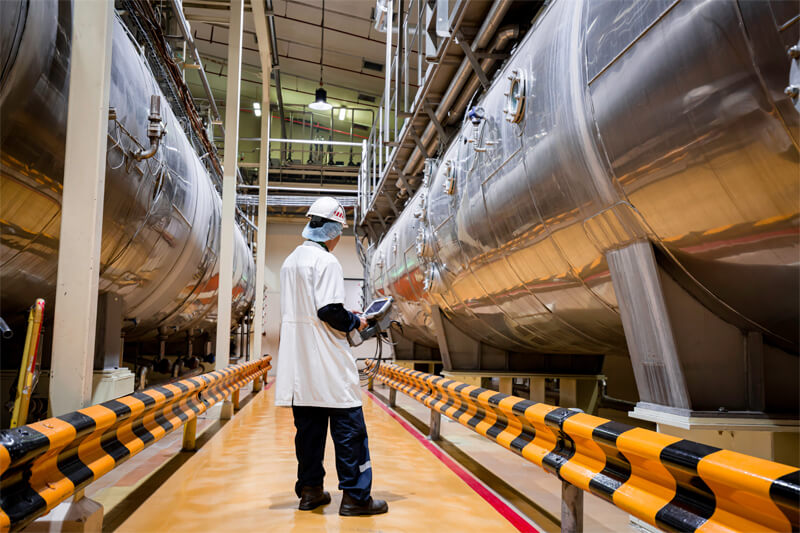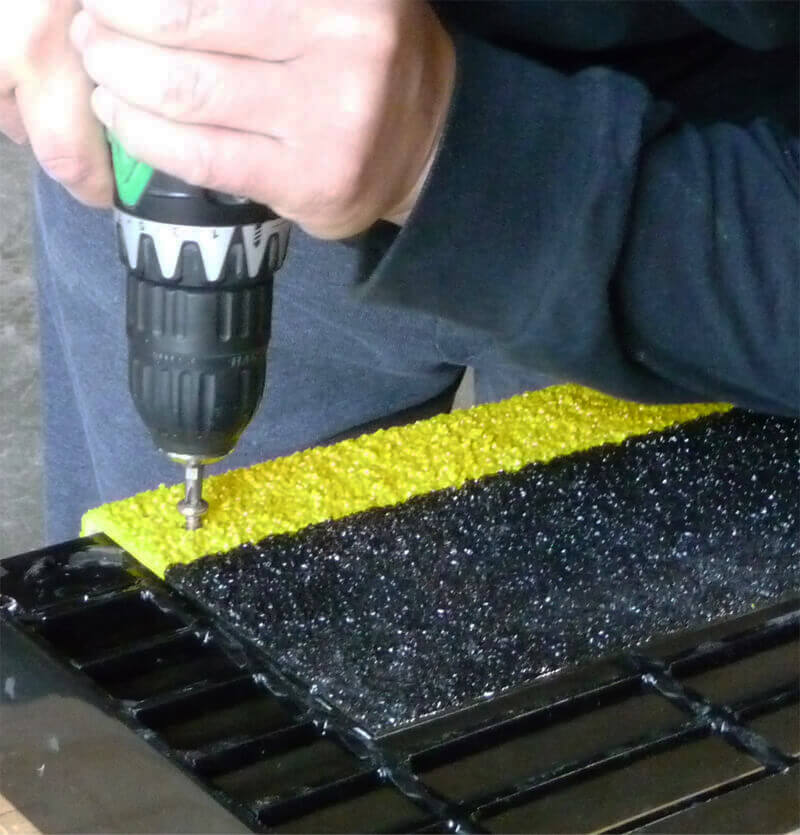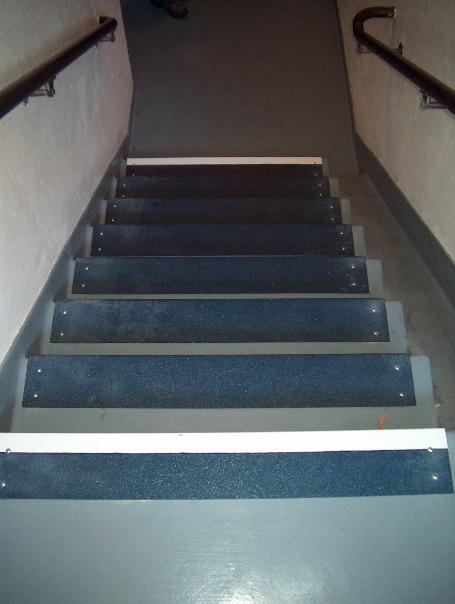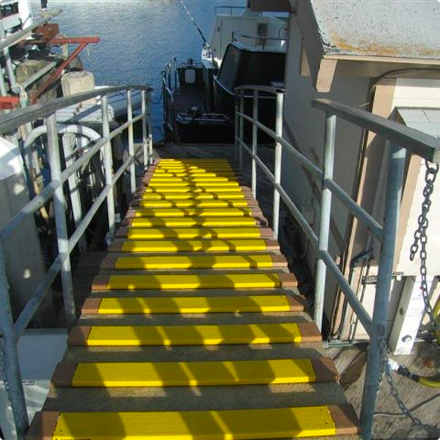
Business owners, safety leaders, and facility managers have been working around the clock to keep workers safe during the coronavirus outbreak.
You’re following State and Federal guidelines and, if you are part of our critical infrastructure, striving to maintain operations.
By now, you know the basics: wash your hands, regularly disinfect surfaces, avoid close contact, and stay home if you’re sick. However, employers also have a responsibility to protect workers from hazards that aren’t immediately obvious.
With so many things to think about and so many priorities competing for your attention, is your organization prepared for these situations? To help you cover all your bases, we’ve made a list of some workplace safety considerations during COVID-19 that you may not have thought of yet.
Preventing the spread of infection
Experts agree that the best way to protect the health and safety of your employees is to keep all non-essential workers home. For anyone who must come in to work, your first priority should be preventing the spread of infection.
Some infection hazards are obvious, such as the risk of spreading the virus through close contact — for example, two factory workers standing side-by-side. But there are other, lesser-known situations that also have the potential to spread infection. For example, are delivery people still entering your facilities? Do workers share phones, desks, tools, or equipment? It’s worth taking a closer look to make sure there’s nothing you’ve missed.
Preparing for reduced staff and supplies
With more employees working remotely or staying home sick, you will understandably have fewer workers on shift. That’s a good thing when it comes to preventing the spread of infection, but it can also increase the potential for problems. Workers who are tired, stressed, or working alone are at increased risk of an accident or injury, so it’s especially important to be vigilant.
In addition to reduced staff, many companies are also preparing for the possibility of supply shortages. Supply chain interruptions and increased demand may make it harder to get protective equipment like masks and gloves, as well as other necessary supplies for day-to-day operations. That’s not an invitation to panic, but rather a reminder to double-check your inventory and reach out to vendors to find out where they stand.
Training for new hazards
Coronavirus has changed the way many of us work. But have you stopped to think about how to prepare workers for the new challenges they might encounter? For example, a shift supervisor may need coaching on how to respond if they suspect an employee is sick. Similarly, a shop-floor employee might need training on how to handle a new disinfectant safely.
If you haven’t already, now is a good time to evaluate potential training needs within your organization. That includes training opportunities for employees who are staying at home. What activities can you offer now that will ensure they are better skilled and trained when they return to work?
Ensuring business continuity
If your organization had a business continuity plan in place before COVID-19, your crisis team had a head start on mitigating risks and maintaining critical functions. If not, you may be in the process of building a strategy to deal with threats and enable ongoing operations. Now is a good time to document your actions so that, in the future, you will be well positioned to respond to potential threats as they arise.
Ensuring safety program continuity
As during any crisis or natural disaster, your safety program plays a crucial role in supporting your organization’s continued operations. So, while that might look a little different than it did a few weeks ago, it’s important to remain committed to your regular safety efforts. You might need to rethink how you complete audits and inspections, for example, or scale them back from a best-practice level. Along the same lines, you may need to find new ways to communicate with employees or to encourage workers to report health and safety concerns during this time.
Reprioritizing projects
Responding to the coronavirus crisis requires all hands on deck. Organizations are devoting their full attention and resources to mitigating risks and ensuring business continuity. As a result, big capital improvements like new building construction and facility upgrades have taken a backseat. Going forward, business owners and facility managers are evaluating which projects should continue and which can wait. There is no one size fits all answer, so you’ll have to make a judgment call in the end based on your specific situation.
Your takeaway
Keeping your employees safe and healthy during COVID-19 is no easy task. We are all learning from and adapting to this unprecedented event. We hope these workplace safety considerations will help you plan, prepare, and respond effectively.
Here at Safeguard Technology, we care about your workers, customers, and the public and are ready to help you face the challenge of protecting people. As an essential supplier for emergency services, healthcare, transportation, food and agriculture, energy, and other industries, we are still open and operating during this time. Our team is ready to answer any questions you may have about our continuity plan or your anti-slip needs. Contact us to speak to one of our experienced team members today.

